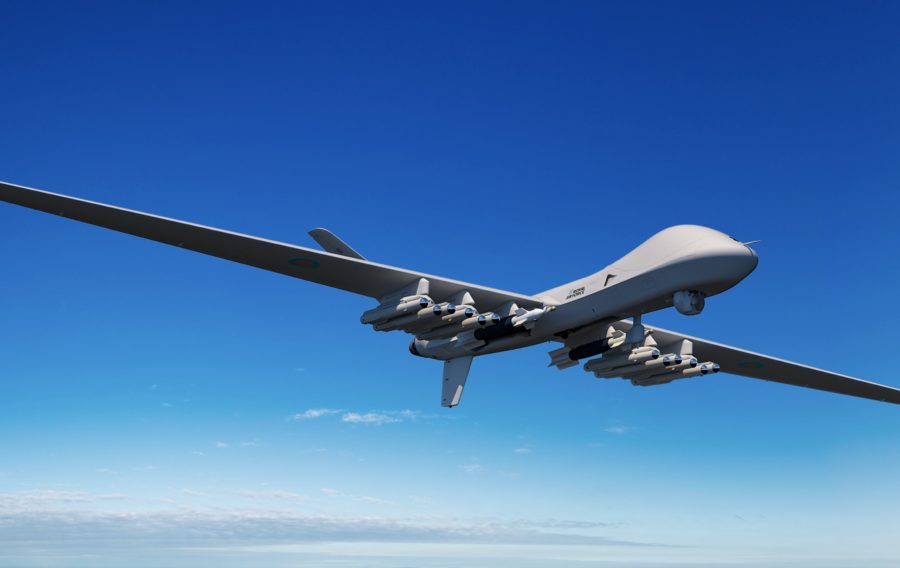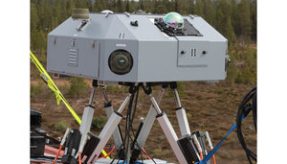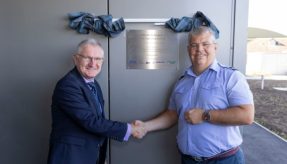
The Ministry of Defence has signed a contract worth approximately £100 million to test the performance of the UK’s ground-breaking Protector aircraft.
The world-class Protector will be the first remotely controlled aircraft capable of attacking targets anywhere in world while being operated from their home base in RAF Waddington.
This contract will see General Atomics test the aircraft to its limit and report back on its performance in advance of the aircraft’s introduction to the frontline in 2024.
Replacing the Reaper aircraft, Protector will be the world’s first certified Remotely Piloted Air System (RPAS), meaning it can operate in civilian airspace. This is possible due to the aircraft’s ground-breaking Detect and Avoid system which draws on enhanced sensors to avoid other aircraft.
Protector will be able to fly consistently for up to 40 hours, offering the RAF vastly improved armed Intelligence, Surveillance, Targeting and Reconnaissance (ISTAR) capability. The aircraft will be deployed across the full spectrum of operations, including ISTAR, search and rescue, flood prevention or disaster response missions.
The aircraft will use enhanced data links and carry next-generation, low collateral, precision strike weapons, including the UK-made Brimstone missile (MBDA) and Paveway IV Laser Guided Bomb (Raytheon UK). The aircraft’s design enables almost unlimited payload options in the future, depending on requirement.
The fleet will also have advanced anti-icing and lightning protection, providing the RAF with unprecedented flexibility to operate in adverse weather conditions.
Defence Minister Anne-Marie Trevelyan said: “Our intelligence-gathering and surveillance capabilities will be critical to staying ahead of our adversaries as we enter an era dominated by grey-zone warfare.
“This contract represents a welcome step towards our world-beating Protector aircraft reaching the frontline, giving us the upper-hand against our adversaries.”
The first Protector aircraft will be delivered to the RAF in October 2021. The aircraft will be based at RAF Waddington, which is set to benefit from the planned investment of £93 million to construct a new purpose-built hanger as well new facilities and accommodation for crews.
image © Crown Copyright
If you would like to join our community and read more articles like this then please click here.







